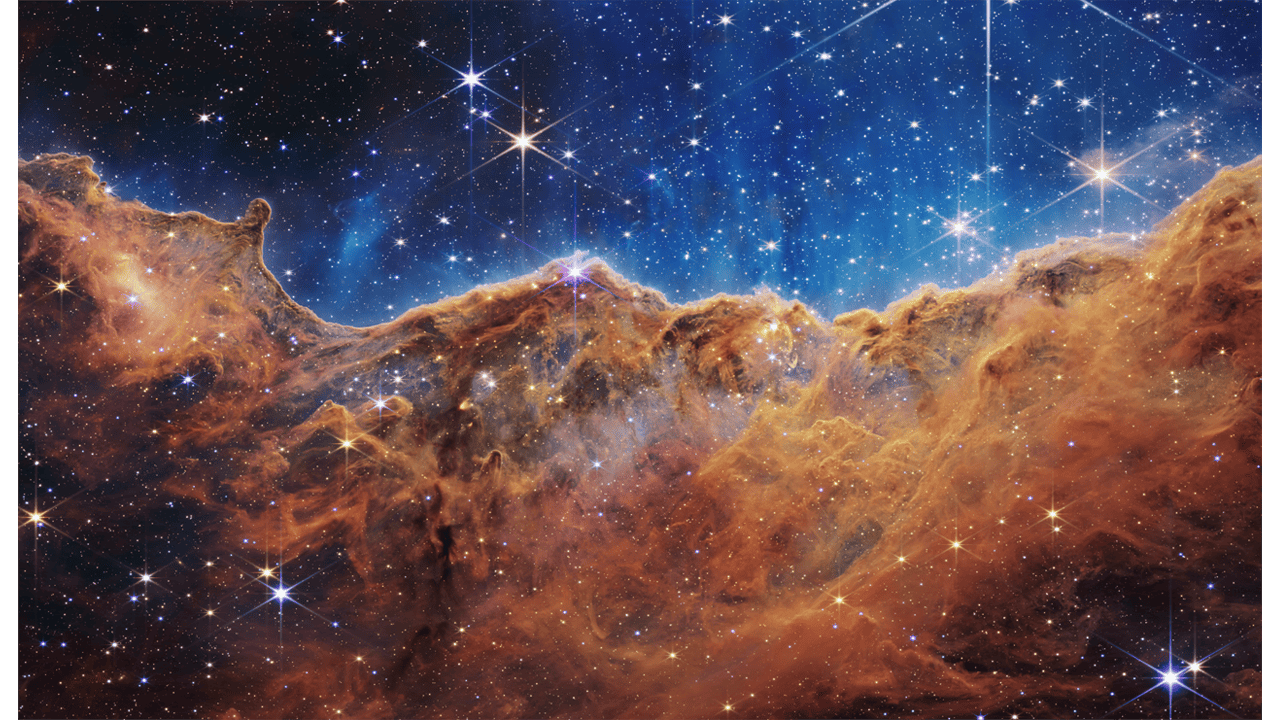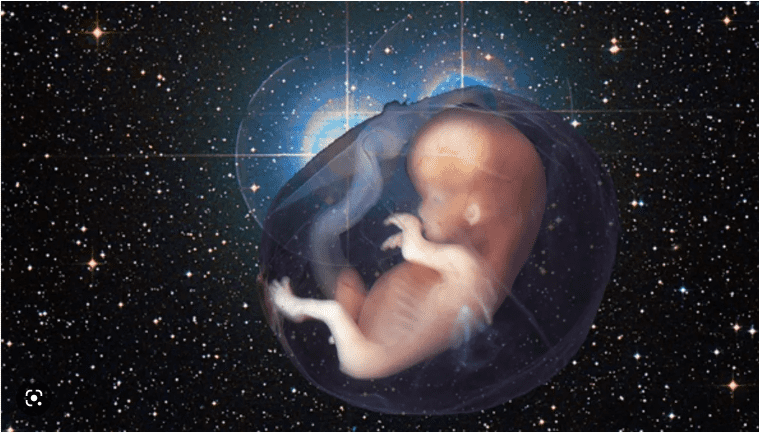
It is not often that the scientific community is left in awe by a discovery that changes our understanding of the cosmos. The recent detection of the elusive carbon molecule CH3+ (methyl cation) in a protoplanetary disk is one such moment. This breakthrough, made possible by the James Webb Space Telescope, has substantially expanded our knowledge of interstellar chemistry and the formation of complex carbon molecules that lay the foundation for life as we know it.
- The detection of CH3+ in a protoplanetary disk using the James Webb Space Telescope expands our knowledge of interstellar chemistry;
- CH3+ serves as a key component in carbon chemistry, initiating the growth of complex carbon compounds;
- The discovery challenges previous notions about the effects of ultraviolet radiation, suggesting it may actually facilitate the formation of CH3+ and offering insights into the conditions necessary for the emergence of life.
Role of CH3+ in Carbon Chemistry
CH3+ is an exceptional molecular ion known for its unique reactivity. Interestingly, it refrains from reacting with the most abundant element in the universe, hydrogen, but promptly interacts with other molecules. This distinctive property allows CH3+ to kick start the growth of more complex carbon compounds, making it a linchpin in interstellar carbon chemistry.
Unmasking the Power of Ultraviolet Radiation
Ultraviolet (UV) radiation, widely believed to be harmful to complex organic molecules, has been shown to play a more nuanced role. The detection of CH3+ in the protoplanetary disk of the d203-506 star system, bombarded with UV radiation, suggests that this energy might actually facilitate the formation of CH3+. This discovery helps unravel the mystery of how our own solar system, despite being exposed to UV radiation, still managed to produce the necessary conditions for the emergence of life.
The James Webb Space Telescope, with its exquisite spatial and spectral resolution, has been pivotal in this groundbreaking discovery. Its unique infrared capabilities were instrumental in detecting the crucial carbon molecule, which had eluded radiotelescopes commonly used to identify molecules in protoplanetary disks.

Implications for Astrobiology
This discovery has broader implications for our understanding of the universe and the potential for life beyond Earth. It provides further evidence of the role of carbon molecules in the emergence of life and highlights the importance of interstellar chemistry in the formation of habitable environments. The detection of CH3+ also contributes to the PDRs4ALL Early Release Science program, which aims to study the physical and chemical processes occurring in protoplanetary disks.
Future research may focus on exploring other molecules and investigating the presence of CH3+ in different star systems. By studying various molecular species, scientists can gain a more comprehensive understanding of the chemical processes involved in the formation of planetary systems and potentially uncover additional clues about the conditions necessary for life.
The Orion Nebula: A Hotbed of Research
The protoplanetary disk where CH3+ was detected is located in the Orion Nebula, a well-known astronomical object. It surrounds a young star, a red dwarf with a mass about ten times smaller than our sun. By probing this specific star system, researchers have gained valuable insights into the chemical processes occurring in protoplanetary disks and the potential for the formation of life-supporting environments.

